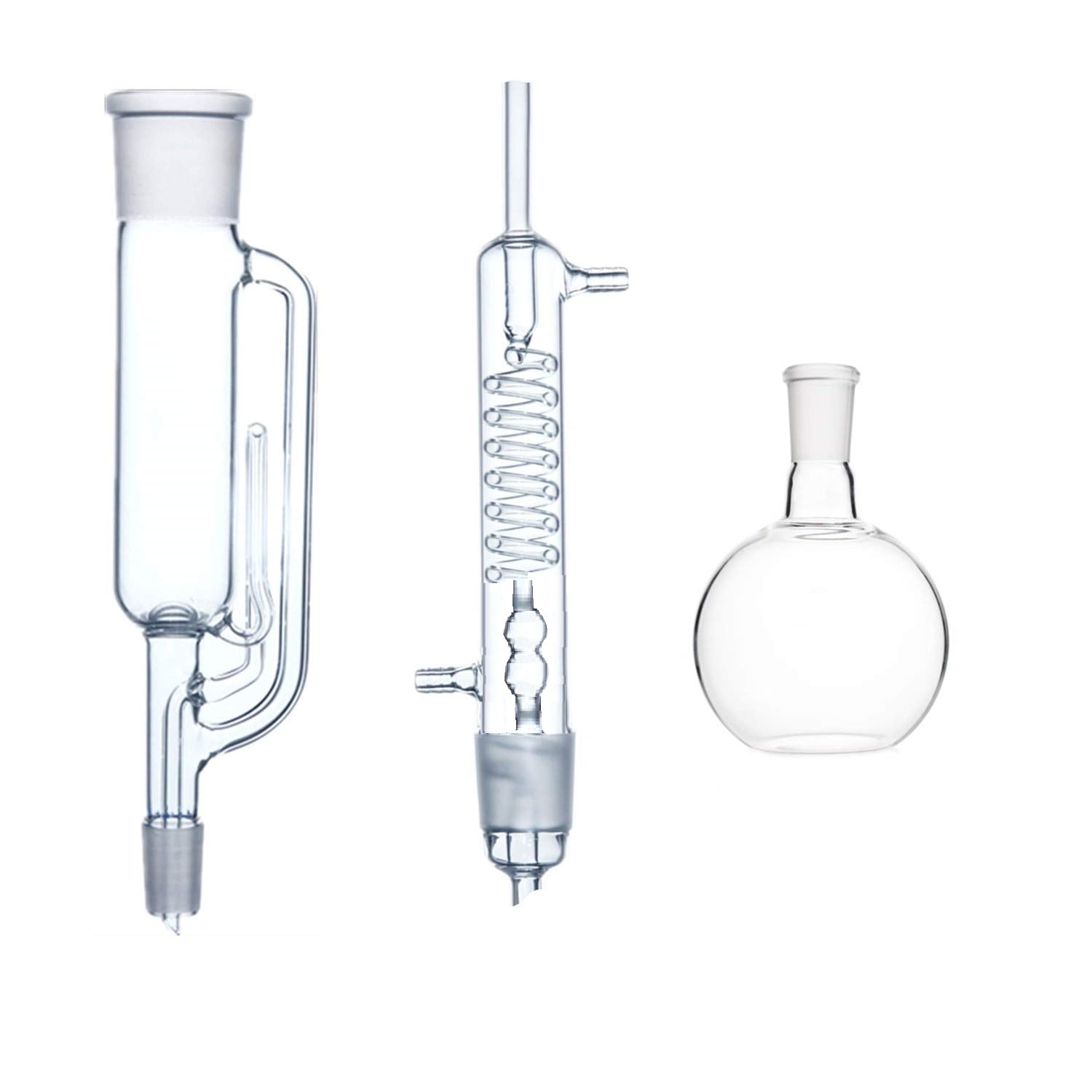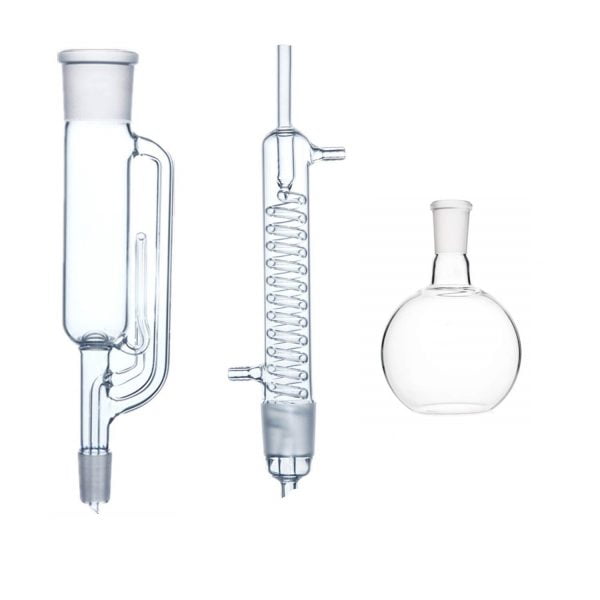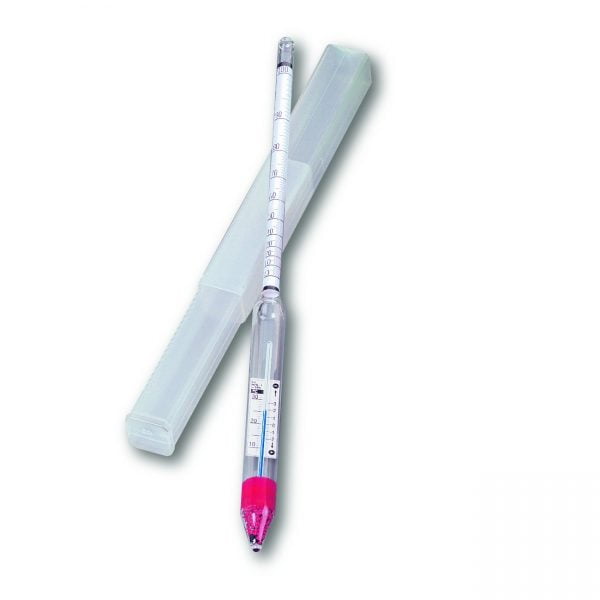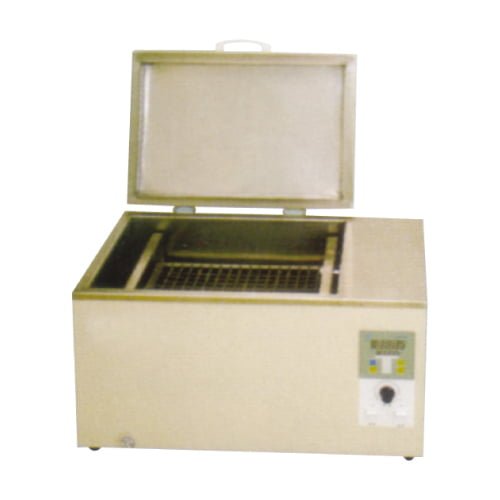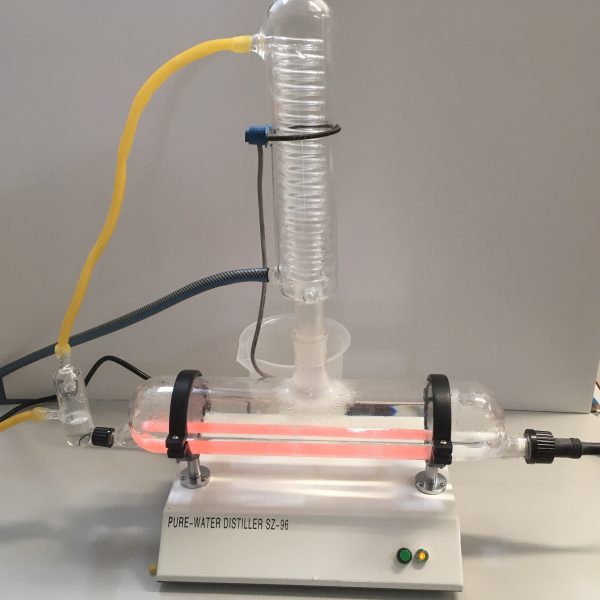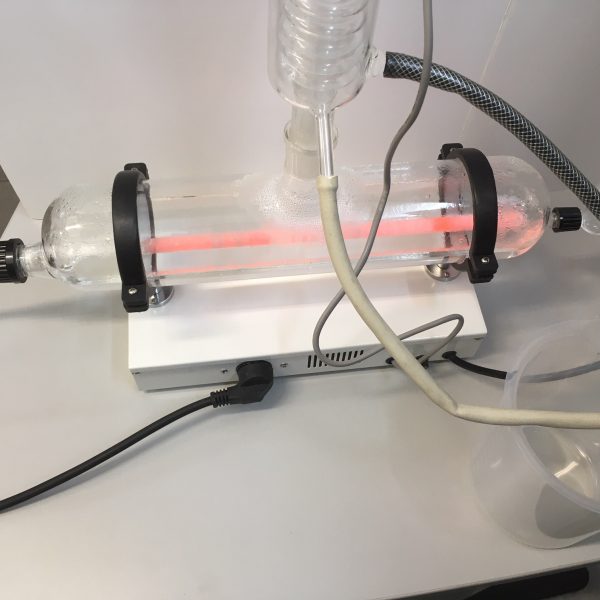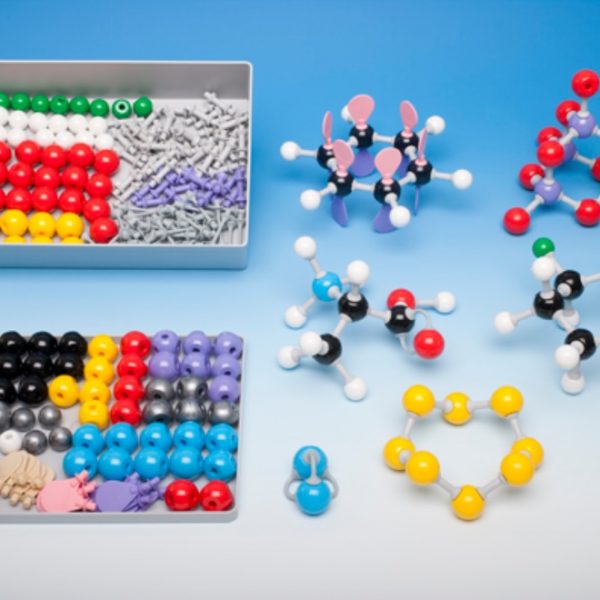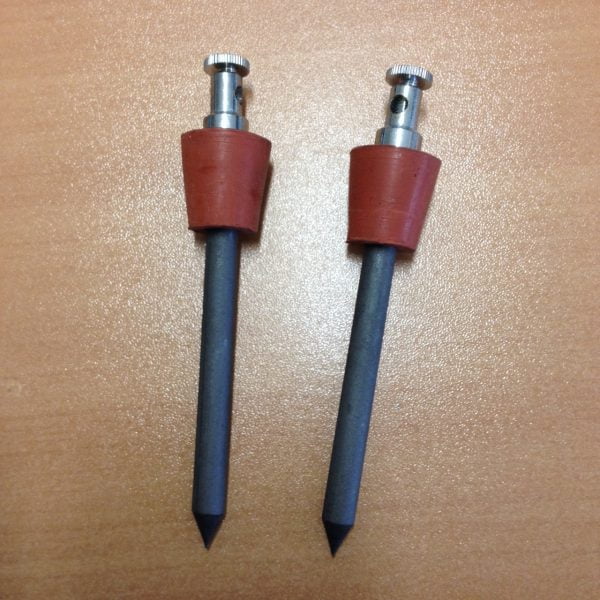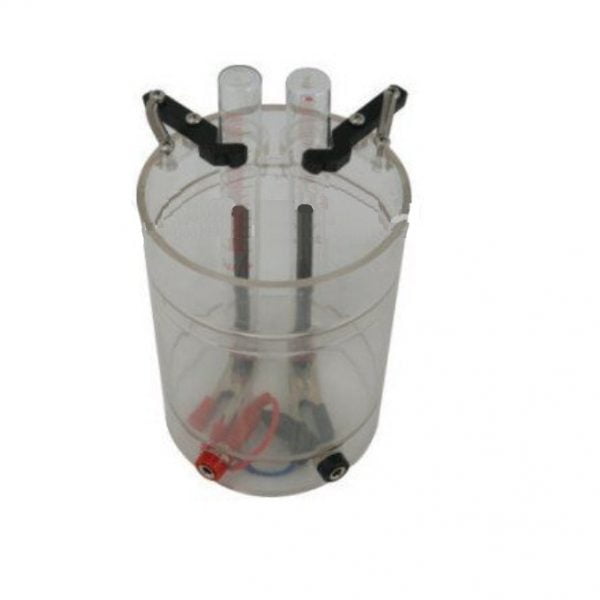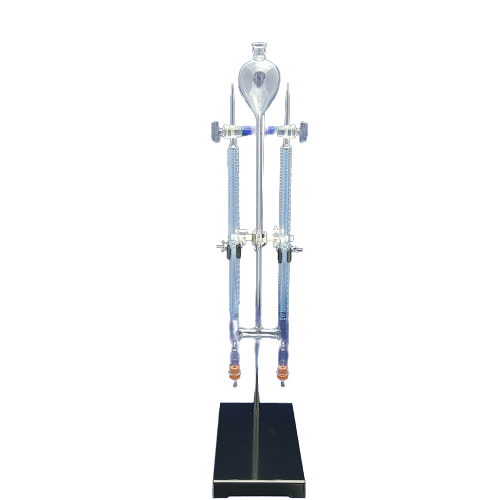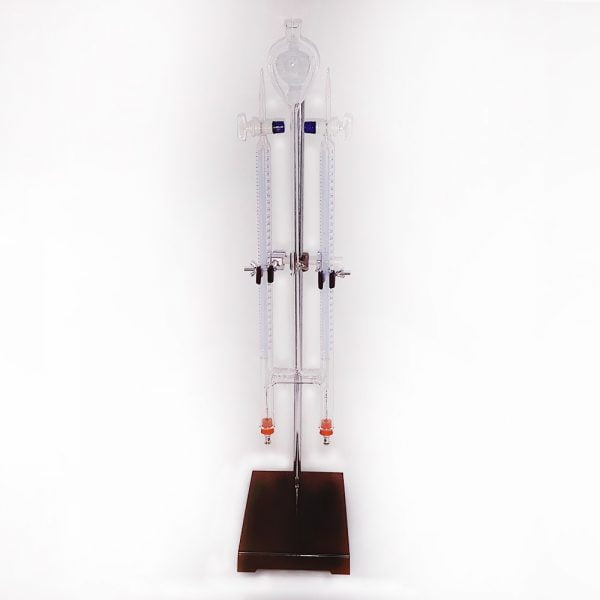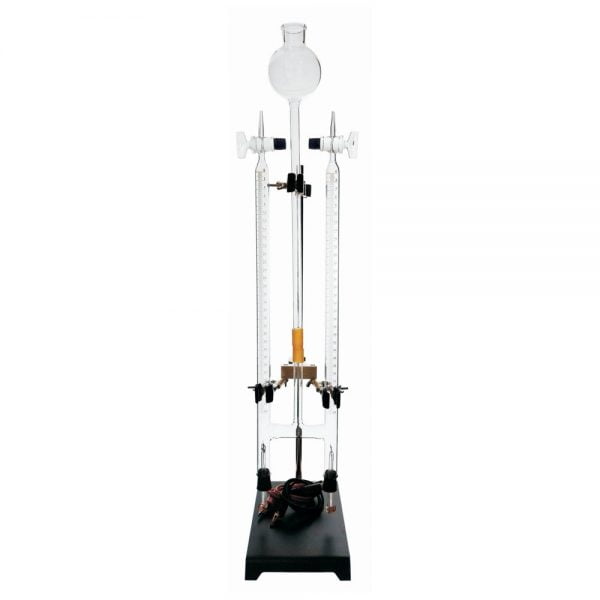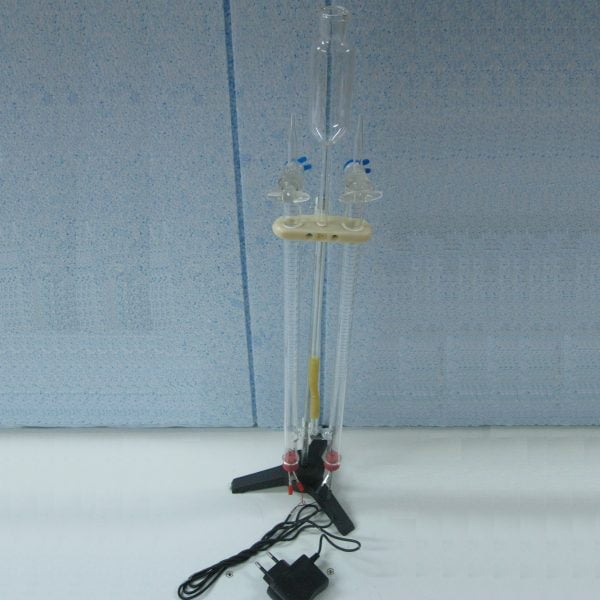Soxhlet Extraction apparatus with coiled – bulb condenser
Soxhlet Extraction apparatus with coiled – bulb condenser
A Soxhlet extractor is a piece of laboratory apparatus invented in 1879 by Franz von Soxhlet. It was originally designed for the extraction of a lipid from a solid material. Typically, Soxhlet extraction is used when the desired compound has a limited solubility in a solvent, and the impurity is insoluble in that solvent. It allows for unmonitored and unmanaged operation while efficiently recycling a small amount of solvent to dissolve a larger amount of material.
Assembly
- The source material containing the compound to be extracted is placed inside the thimble.
- The thimble is loaded into the main chamber of the Soxhlet extractor.
- The extraction solvent to be used is placed in a distillation flask.
- The flask is placed on the heating element.
- The Soxhlet extractor is placed atop the flask.
- A reflux condenser is placed atop the extractor.
The Distillation apparatus meets the following characteristics:
ACCURACY
Controlled calibration
mechanical strength
Thick walls
All glassware has been annealed
HEAT RESISTANCE
Refractory material
Annealing to remove stress due to heating
CHEMICAL RESISTANCE
Resistance to corrosion by acids, bases and organic solvents
Low alkalinity

Μπορείτε εδώ να δείτε αναλυτικά τη μέθοδο: https://en.wikipedia.org/wiki/Soxhlet_extractor


 Botzees
Botzees Keyestudio
Keyestudio Fischertechnik
Fischertechnik